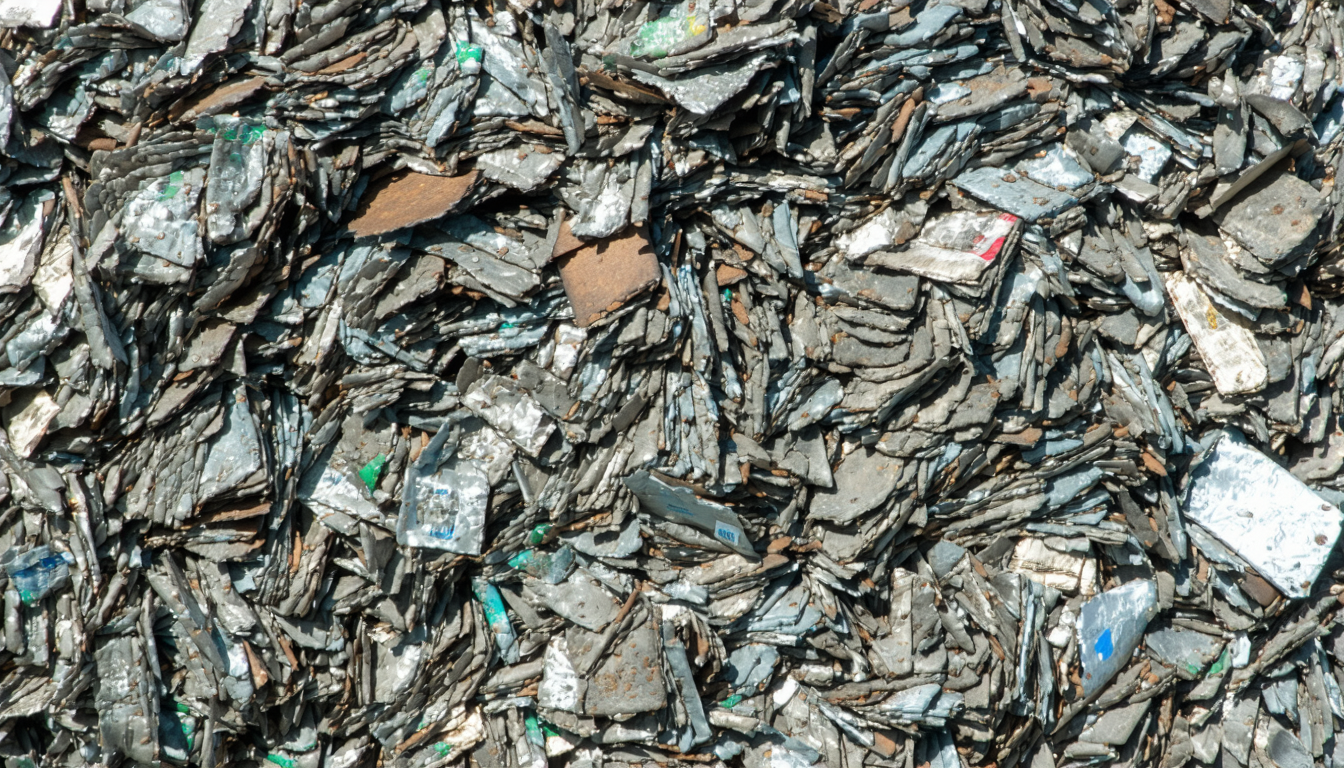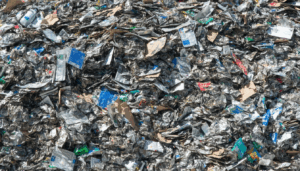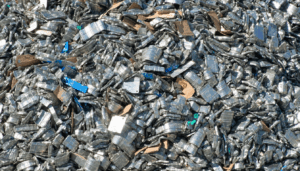In the heart of the United States, a quiet revolution is reshaping the scrap metal industry through alter metal recycling. This innovative approach, focusing on transforming and repurposing metals in unique ways, is gaining traction as businesses and policymakers prioritize sustainability. From cutting-edge technologies to new regulatory frameworks, the landscape of metal recycling is evolving rapidly. This article delves into the latest developments in alter metal recycling across the U.S., exploring its impact on the economy, environment, and future of industrial practices.
What Is Alter Metal Recycling?
Alter metal recycling refers to advanced methods of processing scrap metals to create new materials or products with enhanced properties. Unlike traditional recycling, which often focuses on melting down metals for reuse, this approach emphasizes altering the composition or structure of metals to meet specific industrial needs. In 2023, the U.S. metal recycling industry processed over 40 million tons of scrap, with a growing portion dedicated to innovative techniques, according to the Institute of Scrap Recycling Industries (ISRI).
This method is particularly significant for industries like automotive and aerospace, where customized alloys are in high demand. By reducing waste and energy consumption, alter metal recycling aligns with national goals to lower carbon footprints. Its rise signals a shift toward more sustainable manufacturing practices.
Key Developments Driving Change in the U.S.
The past year has seen several milestones in the field of alter metal recycling. In early 2023, the Department of Energy announced a $50 million grant program to support research into advanced recycling technologies. This funding aims to bolster small- and medium-sized enterprises experimenting with metal alteration processes.
Additionally, states like California and Michigan have introduced policies incentivizing companies to adopt these methods. For instance, tax breaks are now available for firms that reduce landfill waste through innovative recycling. These initiatives have spurred investment, with private sector funding in recycling tech reaching $1.2 billion last year, per a report by BloombergNEF.
Impact on Stakeholders and the Environment
The implications of alter metal recycling extend beyond industry players to communities and ecosystems. For manufacturers, this approach cuts production costs by minimizing raw material needs—savings that can be passed on to consumers. Workers in recycling plants also benefit from safer, more efficient processes enabled by automation.
Environmentally, the benefits are substantial. The Environmental Protection Agency (EPA) estimates that advanced recycling techniques could reduce greenhouse gas emissions from metal production by up to 30% by 2030. “Innovations in metal recycling are critical for meeting our climate goals,” said Dr. Emily Carter, a sustainability expert at Stanford University. “They offer a path to decarbonize heavy industries.”
However, challenges remain. High initial costs for adopting new technologies can deter smaller firms, creating an uneven playing field. Addressing this disparity will be key to widespread adoption.
Future Outlook for Alter Metal Recycling
Looking ahead, experts predict that alter metal recycling will play a central role in the U.S. transition to a circular economy. With global demand for recycled metals projected to grow by 5% annually through 2030, per ISRI data, American companies are well-positioned to lead. Government support and private innovation will likely drive further advancements.
There are differing views on how quickly this shift will occur. Some industry leaders argue that without stricter regulations on waste disposal, traditional methods will persist. Others believe market forces—such as rising raw material costs—will naturally push firms toward sustainable practices. Balancing these perspectives will shape policy in the coming years.
In conclusion, alter metal recycling stands as a beacon of progress for the U.S. industrial sector. By embracing cutting-edge technologies and supportive policies, the nation is paving the way for a greener, more efficient future. As challenges like cost barriers are addressed, this innovative approach could redefine how metals are reused, benefiting both the economy and the planet.
Frequently Asked Questions (FAQs)
1. What is alter metal recycling?
Alter metal recycling involves advanced techniques to transform scrap metals into new materials with modified properties, often for specific industrial applications, unlike standard recycling methods.
2. How does it benefit the environment?
It reduces waste sent to landfills and lowers energy use in metal production, cutting greenhouse gas emissions by significant margins, as noted by EPA projections.
3. Why is the U.S. investing in this technology?
With growing demand for sustainable practices, the U.S. sees alter metal recycling as a way to boost economic growth while meeting climate goals through government grants and incentives.
4. What challenges does the industry face?
High upfront costs for new technologies and uneven access among smaller companies pose hurdles to widespread adoption of these innovative recycling methods.
5. What is the future of metal recycling in the U.S.?
Experts anticipate steady growth driven by policy support and market demand, positioning the U.S. as a leader in sustainable metal processing over the next decade.





